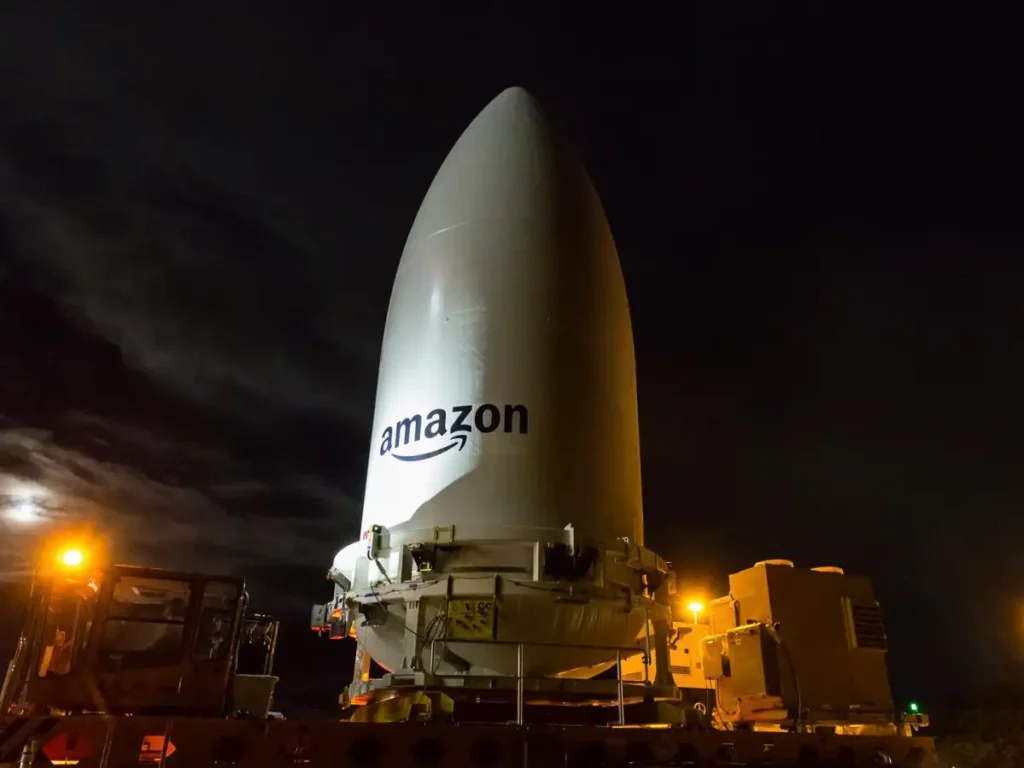Amazon has officially entered the competitive arena of satellite internet service by launching its inaugural batch of satellites into space. This ambitious initiative, part of the company’s Project Kuiper, aims to provide high-speed, low-latency broadband access to underserved and unserved communities around the globe. By deploying a constellation of thousands of satellites in low Earth orbit, Amazon seeks to bridge the digital divide and ensure that reliable internet connectivity is available to people in remote or rural areas, where traditional wired connections may be impractical or cost-prohibitive. The successful deployment of these satellites marks a significant milestone for Amazon as it positions itself as a formidable contender against established players in the satellite internet market, most notably SpaceX’s Starlink, which has already gained considerable traction with its extensive satellite network.
The launch of Amazon’s satellites not only underscores the company’s commitment to expanding its technological infrastructure but also highlights the increasing importance of connectivity in today’s digital landscape. As more individuals and businesses rely on the internet for education, work, and communication, the demand for accessible and reliable internet services continues to grow. Amazon’s entrance into this sector is likely to accelerate innovation and competition, ultimately benefitting consumers through improved services and potentially lower prices. As Project Kuiper progresses, industry watchers will be keenly observing how Amazon’s strategies unfold and how they will impact the broader satellite internet market. With ambitious plans to deploy thousands of additional satellites in the coming years, Amazon is poised to play a key role in shaping the future of global connectivity.


